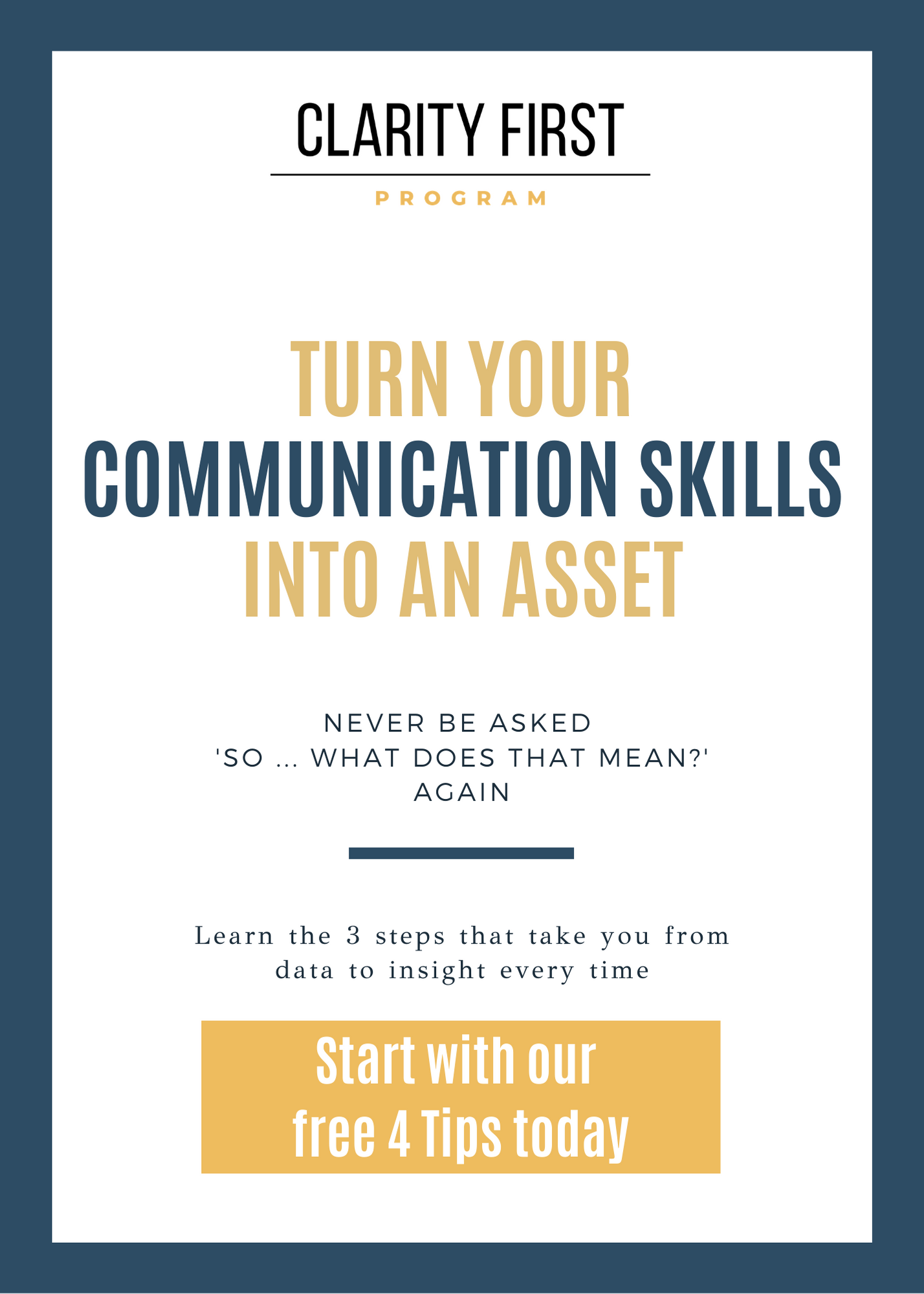“Impossible”.
That was management's view when the Chair of a major Corporation said they wanted board papers to be one page long with a maximum of 10 supporting “PowerPoint charts”.
But it has happened.
This Chair is not alone – other Boards that are sick of being inundated with massive, inconsistent and poorly thought out board papers are also moving toward one-pagers. They see this as a way of reducing the time and risks involved in untangling poorly prepared papers while supporting better discussion and decision making.
Here are the steps that this Chair took to achieve this “impossible” dream:
Got buy in
The Board needed to want to drive clarity and streamline board papers while ensuring all the corporate governance checks were met.
Built capability
We ran workshops for all the senior team and their direct reports who authored board papers about simple approaches to structuring problem solving (to avoid the rubbish in rubbish out syndrome), synthesising ideas into a clear and compelling argument and creating a clear board paper and supporting exhibits. One of our clients has had the board members come and talk to the board paper authors about what they are looking for in a board paper and what their hot buttons are.
Got the Board aligned
We also explained our approach and thinking to the Board so they would know how to “read” the new board papers.
Agreed ground rules
These vary by board, but the basics are the same:
- Every board paper author must produce a “storyline” for their board paper.
- Every board paper must conform to the agreed format and length. Some Boards include these in the board paper itself as an executive summary
- The storyline needs to be signed off with the senior level sponsor
Shared the love
It's important to share the learning across all board paper authors and also to share examples of great board papers that others can use as a model.
The result – clearer board papers and more time spent of discussing the right issues!
Here is what a one-page board paper might look like:

Note. Since this was written a number of large organisations we work with have been whittling down the length of their papers. BHP Billiton, for example, is now working down from four pages to two.
To learn how to build storyline one-pagers like this – and to cut to the chase in your own communication – explore the Clarity First Program.
This post was originally drafted by Gerard Castles, co-author of The So What Strategy and also a director with me at Clarity Thought Partners.
Gerard has helped clients prepare high-stakes communication for around 25 years in Australia, Asia Pacific, the US and the UK. His advice is highly sought after by senior managers large Australian corporates in particular, who appreciate his intense focus on logic, structure and clarity. He learned his craft as a communication specialist at McKinsey & Company.
RELATED POSTS

PRESENTED BY DAVINA STANLEY
I love what I do.
I help senior leaders and their teams prepare high-quality papers and presentations in a fraction of the time.
This involves 'nailing' the message that will quickly engage decision makers in the required outcome.
I leverage 25+ years' experience including
- learning structured thinking techniques at McKinsey in Hong Kong in the mid 1990s before coaching and training their teams globally as a freelancer for a further 15 years
- being approved to teach the Pyramid Principle by Barbara Minto in 2009
- helping CEOs, C-suite leaders and their reports deeply understand their stakeholder needs and communicate accordingly
- seeing leaders cut the number of times they review major papers by ~30% and teams cut the amount of time they take to prepare major papers by ~20%*
- watching senior meetings focus on substantive discussions and better decisions rather than trying to clarify the issue
My approach helps anyone who needs to engage senior leaders and Boards.
Recent clients include 7Eleven, KPMG, Mercer, Meta, Woolworths.
Learn more at www.clarityfirstprogram.com
(*) Numbers are based on 2023 client benchmarking results.







